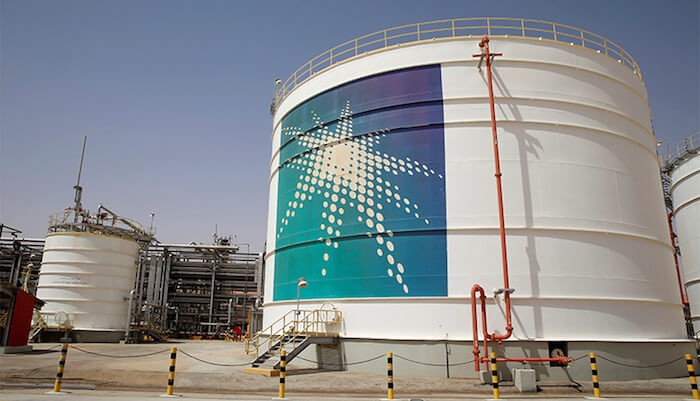Saudi Arabia’s majority-owned state-owned firm, Saudi Aramco, is paying shareholders $97.8 billion in dividends in 2023, an amount higher than the size of Nigeria’s 2024 budget ($34 billion) indicating how a well-run oil company can provide a dollar supply to an economy.
This is even remarkable considering that the company’s profit fell by 25 percent to $121bn from the same period last year as lower oil prices and state-led production cuts weighed on performance.
Aramco paid $97.8 billion in dividends in 2023, up 30 per cent from 2022.
The company introduced the performance dividend in the second quarter of last year to boost returns to shareholders, specifically the state and the Saudi sovereign wealth fund, which own 82 per cent and 16 per cent of the company respectively.
The full-year performance-linked dividend for 2024 is expected to be $43.1 billion alone.
The payout remains the most important source of revenue for Crown Prince Mohammed bin Salman, who wants to use oil profits to fund an ambitious programme to modernise the kingdom and diversify the economy.
This is not the same case for the Nigerian National Petroleum Company Limited (NNPC). The state-owned company, the equivalent of Saudi Aramco is struggling with dollar remittance practices amid the lingering foreign exchange crisis in the country.
Despite the earnings decline, findings showed the result still represents Aramco’s second-highest net income on record, far outpacing the profitability of its largest global peers.
“The year-on-year decrease can be attributed to lower crude oil prices and volumes sold, as well as reduced refining and chemicals margins, partially offset by a decrease in production royalties during the year and lower income taxes and zakat,” Aramco said in a statement.
Aramco said total revenue also fell 17 percent to $440.88 billion, down from $535.19 billion last year. Free cash flow also fell to $101.2 billion in 2023, compared to $148.5 billion in 2022.
“It was a year that saw global oil demand reach record levels despite geopolitical volatility, economic headwinds, and inflationary pressures,” Amin Nasser, Aramco’s CEO told the earnings call on Sunday.
“We expect the global oil market to remain healthy over the remainder of this year, and we expect it to be fairly robust with growth of about 1.5 million barrels,” Nasser added.
Aramco confirmed it would halt plans to raise its oil production capacity from 12 million barrels per day to 13 million barrels per day, a move expected to reduce capital investment by approximately $40 billion between 2024 and 2028.
“The recent directive from the government to maintain our Maximum Sustainable Capacity at 12 million barrels per day provides increased flexibility, as well as an opportunity to focus on increasing gas production and growing our liquids-to-chemicals business,” Nasser said.
Aramco’s average hydrocarbon production was 12.8 million barrels of oil equivalent per day in 2023, including 10.7 million barrels per day of total liquids.
Aramco aims to ramp up its investments in other ventures including gas and gas infrastructure. It has a target to increase gas production by more than 60 percent by 2030, compared to 2021 levels. Its flagship gas investment is the Jaffoura project — the largest gas play in the Middle East — with an estimated 200 trillion standard cubic feet of natural gas.
For long-suffering Nigerians who have seen it all in the form of rising inflation, two recessions, and an unemployment rate at the highest levels, they would be wishing they were in Saudi Arabia’s shoes with the higher dividend from its state-owned oil corporation.

